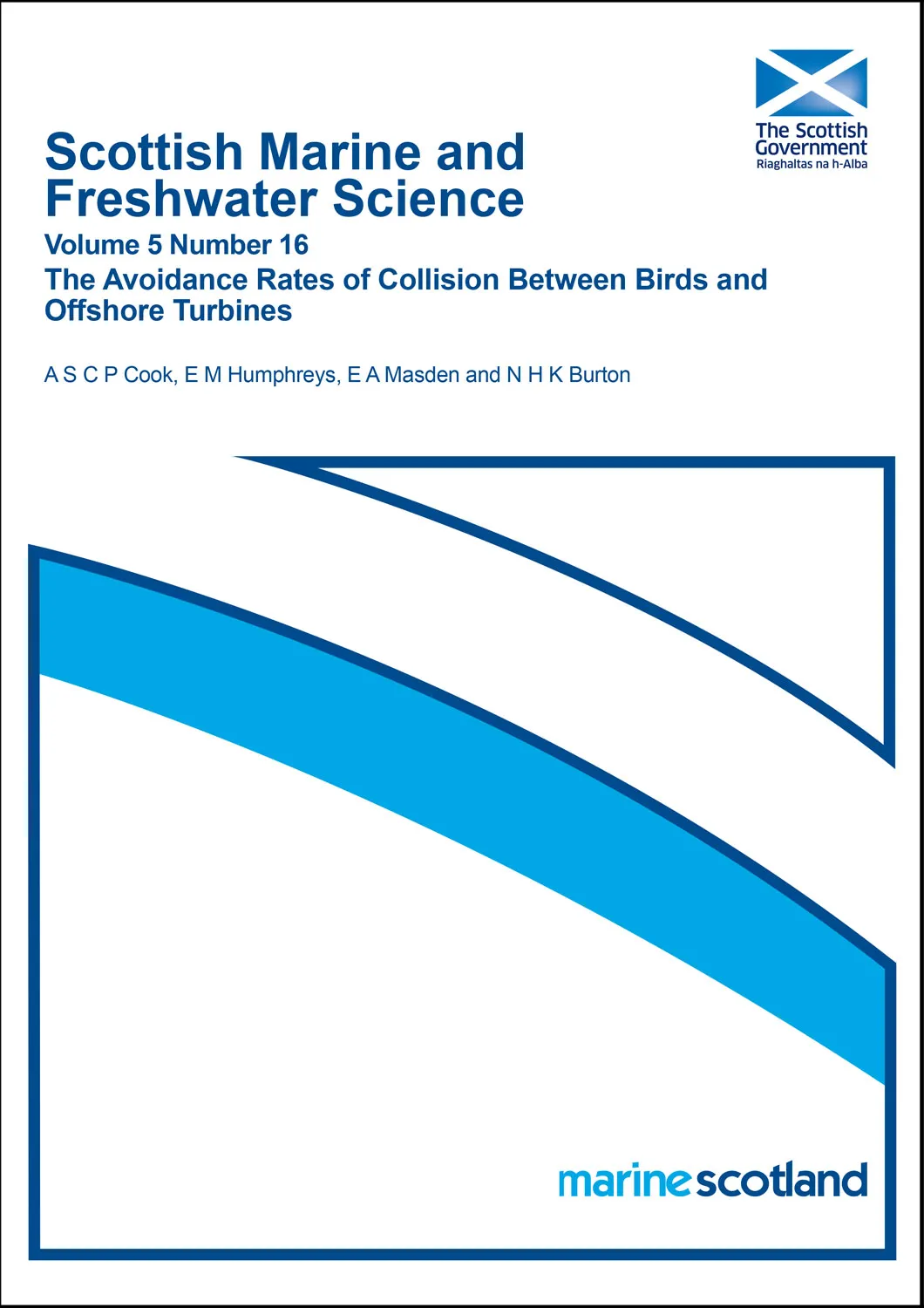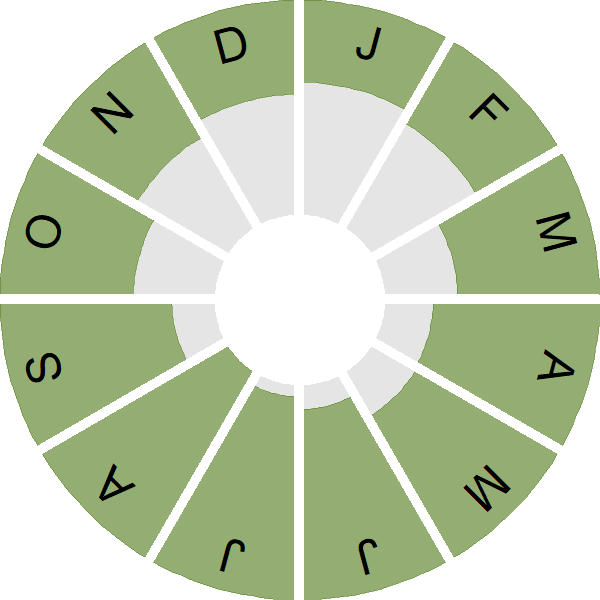Lesser Black-backed Gull
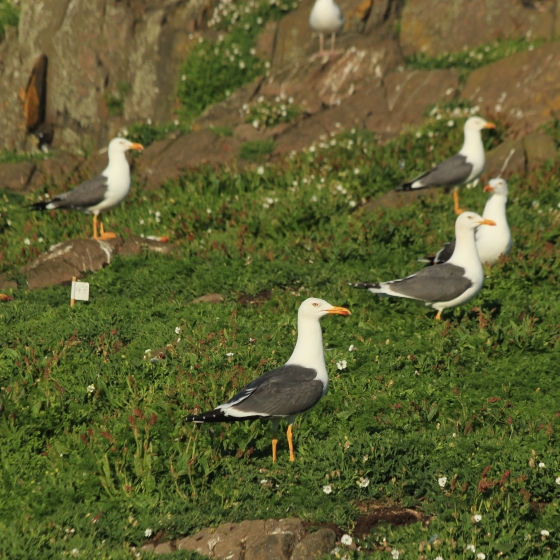
Introduction
The Lesser Black-backed Gull, with its dark grey back and yellow legs, is as much at home in our towns and cities as it is along our wilder coast.
During the summer months the Lesser Black-backed Gull breeds in colonies on windswept, low-lying coastal islands but it also breeds on the flat roofs of city-centre buildings and industrial units.
Part of our breeding population heads south during the autumn to winter around the coasts of southern Spain, Portugal and north and west Africa. BTO research has demonstrated that the artificial reefs of offshore wind farms may have a positive effect on Lesser Black-backed Gull, providing them with new feeding opportunities.

Key Stats
Identification
ID Videos
This section features BTO training videos headlining this species, or featuring it as a potential confusion species.
Adult black-backed gulls
Songs and Calls
Song:
Call:
Status and Trends
Conservation Status
Population Change
The population of Lesser black-backed Gulls increased considerably between the 1969–70 Census and Seabird 2000 (1998–2002) with the number of coastal nesting pairs almost doubling (JNCC 2022). The full extent of this increase is unclear as inland nesting birds were not counted consistently prior to Seabird 2000, but Atlas data show that significant range increases in inland areas have occurred, suggesting that population increases have also occurred across inland colonies which are usually on rooftops. However, annual monitoring shows that substantial declines have occurred at coastal colonies since Seabird 2000 and, although increases appear to have continued at inland colonies, it is unclear how far these go towards compensating for the declines in coastal areas. The results from the Seabirds Count (2015–2021) are expected to help clarify the recent trend, although they are likely to remain subject to some uncertainty due to the difficulty in accurately counting gulls nesting on rooftops.
Distribution
As a breeding species, Lesser Black-backed Gulls are mostly coastal but an increasing tendency to nest on rooftops is allowing them to spread inland. In winter they can be found around the coast of Britain and Ireland, in the southeast interior of Ireland and throughout the lowlands of Britain.
Occupied 10-km squares in UK
or view it on Bird Atlas Mapstore.
or view it on Bird Atlas Mapstore.
European Distribution Map
Distribution Change
Since the 1980s there has been a major winter range expansion and population increase, with gains particularly notable in Ireland, where there has been a 55% expansion in range, and in Wales, southwest England and East Anglia as well as in Scotland.
Change in occupied 10-km squares in the UK
or view it on Bird Atlas Mapstore.
or view it on Bird Atlas Mapstore.
Seasonality
Lesser Black-backed Gulls are recorded throughout the year, though more often in the breeding season.
Weekly pattern of occurrence
The graph shows when the species is present in the UK, with taller bars indicating a higher likelihood of encountering the species in appropriate regions and habitats.

Habitats
Breeding season habitats
Relative frequency by habitat
The graph shows the habitats occupied in the breeding season, with the most utilised habitats shown at the top. Bars of similar size indicate the species is equally likely to be recorded in those habitats.
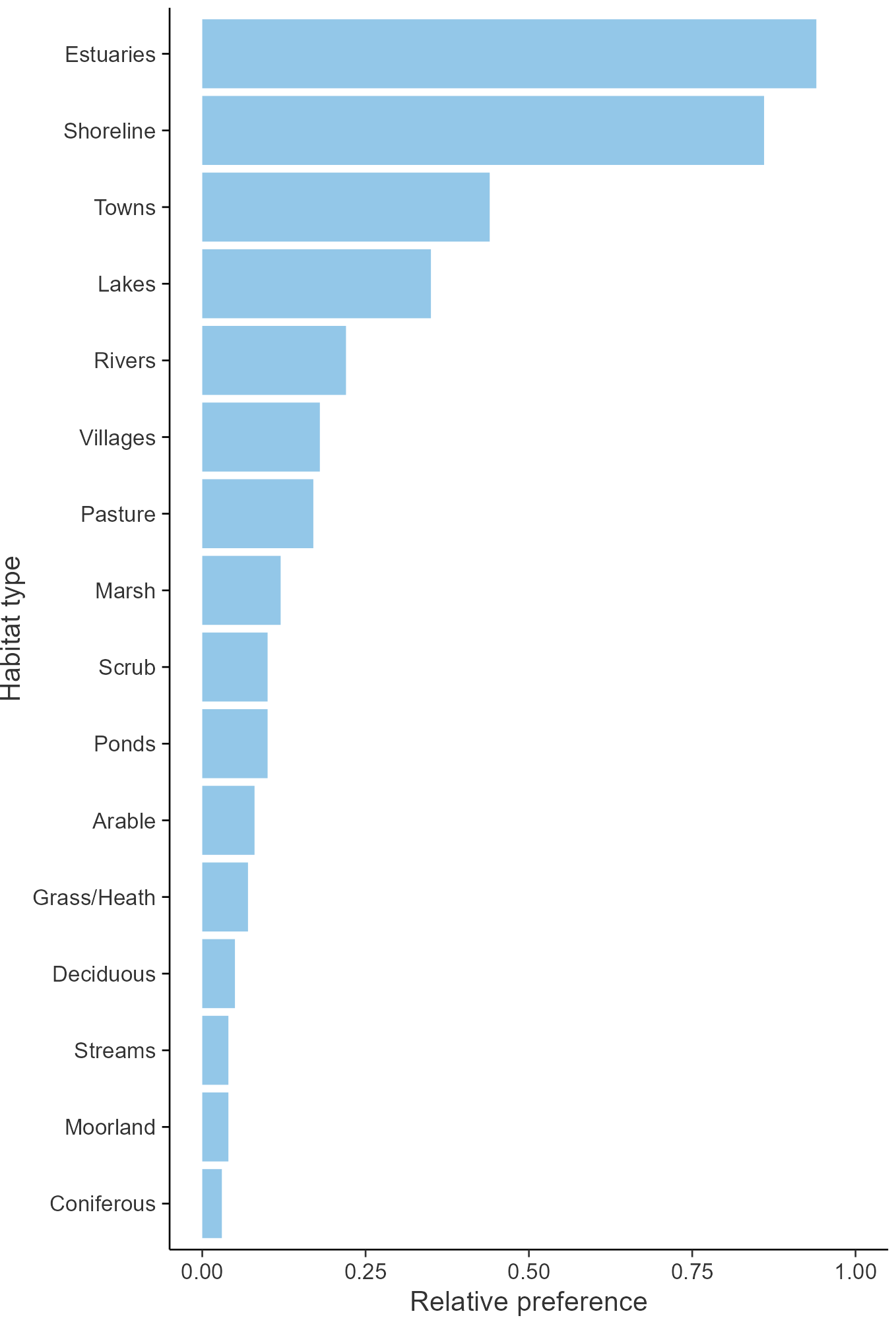
Movement
Britain & Ireland movement
Foreign locations of birds ringed or recovered in Britain & Ireland
Dots show the foreign destinations of birds ringed in Britain & Ireland, and the origins of birds ringed overseas that were subsequently recaptured, resighted or found dead in Britain & Ireland. Dot colours indicate the time of year that the species was present at the location.
- Winter (Nov-Feb)
- Spring (Mar-Apr)
- Summer (May-Jul)
- Autumn (Aug-Oct)

European movements
EuroBirdPortal uses birdwatcher's records, such as those logged in BirdTrack to map the flows of birds as they arrive and depart Europe. See maps for this species here.
The Eurasian-African Migration Atlas shows movements of individual birds ringed or recovered in Europe. See maps for this species here.
Biology
Productivity and Nesting
Nesting timing
Egg measurements
Clutch Size
Survival and Longevity
Survival is shown as the proportion of birds surviving from one year to the next and is derived from bird ringing data. It can also be used to estimate how long birds typically live.
View number ringed each year in the Online Ringing Report.
lifespan
Survival of adults
Biometrics
Wing length and body weights are from live birds (source).
Wing length
Body weight
Ring Size
Classification, names and codes
Classification and Codes
- Order: Charadriiformes
- Family: Laridae
- Scientific name: Larus fuscus
- Authority: Linnaeus, 1758
- BTO 2-letter code: LB
- BTO 5-letter code: LBBGU
- Euring code number: 5910
Alternate species names
- Catalan: gavià fosc
- Czech: racek žlutonohý
- Danish: Sildemåge
- Dutch: Kleine Mantelmeeuw
- Estonian: tõmmukajakas
- Finnish: selkälokki
- French: Goéland brun
- Gaelic: Farspag-bheag
- German: Heringsmöwe
- Hungarian: heringsirály
- Icelandic: Sílamáfur
- Irish: Droimneach Beag
- Italian: Zafferano
- Latvian: rengu kaija
- Lithuanian: silkinis kiras
- Norwegian: Sildemåke
- Polish: mewa zóltonoga
- Portuguese: gaivota-da-asa-escura
- Slovak: cajka tmavá
- Slovenian: rjavi galeb
- Spanish: Gaviota sombría
- Swedish: silltrut
- Welsh: Gwylan Gefnddu Fach
Research
Causes of Change and Solutions
Causes of change
The main drivers of the population changes were reviewed by Ross-Smith et al. (2014). They suggest that the growth population growth in the second half of the twentieth century was caused by several factors including better legal protection and their ability to adapt to new feeding opportunties (fisheries discards and anthropogenic sources of food) and to make use of urban sites which are largely predator free. Recent declines particularly at rural and coastal colonies are associated with reduced breeding success resulting from reduced feeding opportunties due to closure of landfill sites and a reduction in fisheries discards.
Publications (12)
The status of the UK’s breeding seabirds
Author: Stanbury, A.J., Burns, F., Aebischer, N.J., Baker, H., Balmer, D., Brown, A.F., Dunn, T., Lindley, P., Murphy, M., Noble, D.G., Owens, R. & Quinn, L.
Published: 2024
Five seabird species are added to the Birds of Conservation Concern Red List in this addendum to the 2021 update, bringing the total number of Red-listed seabird species to 10, up from six since seabirds were last assessed. The Amber List of seabirds moves from 19 to 14 species, and the Green List increases from one to two species.
29.09.24
Papers
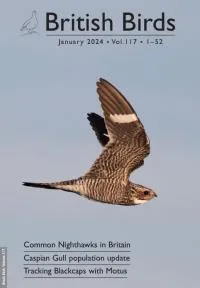
Seabird Population Trends and Causes of Change: 1986–2023
Author: Harris, S.J., Baker, H., Balmer, D.E., Bolton, M., Burton, N.H.K., Caulfield, E., Clarke, J.A.E., Dunn, T.E., Evans, T.J., Hereward, H.R.F., Humphreys, E.M., Money, S. and O’Hanlon, N.J.
Published: 2024
This report presents the latest seabird population trends in breeding abundance and productivity using data from the Seabird Monitoring Programme (SMP).The report documents changes in the abundance and productivity of breeding seabird species in Britain and Ireland from 1986 to 2023, and provides a detailed account of the 2021, 2022 and 2023 breeding seasons.This report includes both inland and coastal populations and trends from the Channel Islands, England, Isle of Man, Northern Ireland, Scotland, Wales and the Republic of Ireland, which are presented where sufficient data are available. The results from this report are used more broadly to assess the health of the wider environment, to inform policy and for conservation action.
21.11.24
Reports Research reports
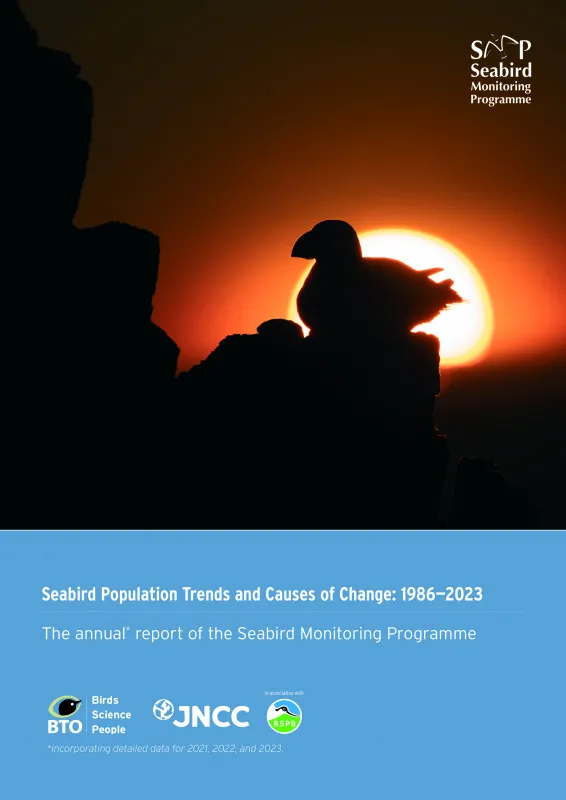
Urban and coastal breeding lesser black-backed gulls (Larus fuscus) segregate by foraging habitat
Author: Langley, L.P., Bearhop, S., Burton, N.H.K., Banks, A.N., Frayling, T., Thaxter, C., Clewley G., Scragg, E. & Votier, S.C.
Published: 2022
A collaboration between BTO, Natural England and University of Exeter researchers has used GPS-tracking technology to compare the movements and habitat use of Lesser Black-backed Gulls breeding at neighbouring coastal and urban colonies in Cumbria, northern England. The study found that the distance birds covered making foraging trips and the size of their 'home ranges' - the area that an individual bird uses on a daily basis during foraging, breeding and roosting activities - differed between the urban and coastal colonies and revealed a marked segregation in habitat choice.
11.07.22
Papers
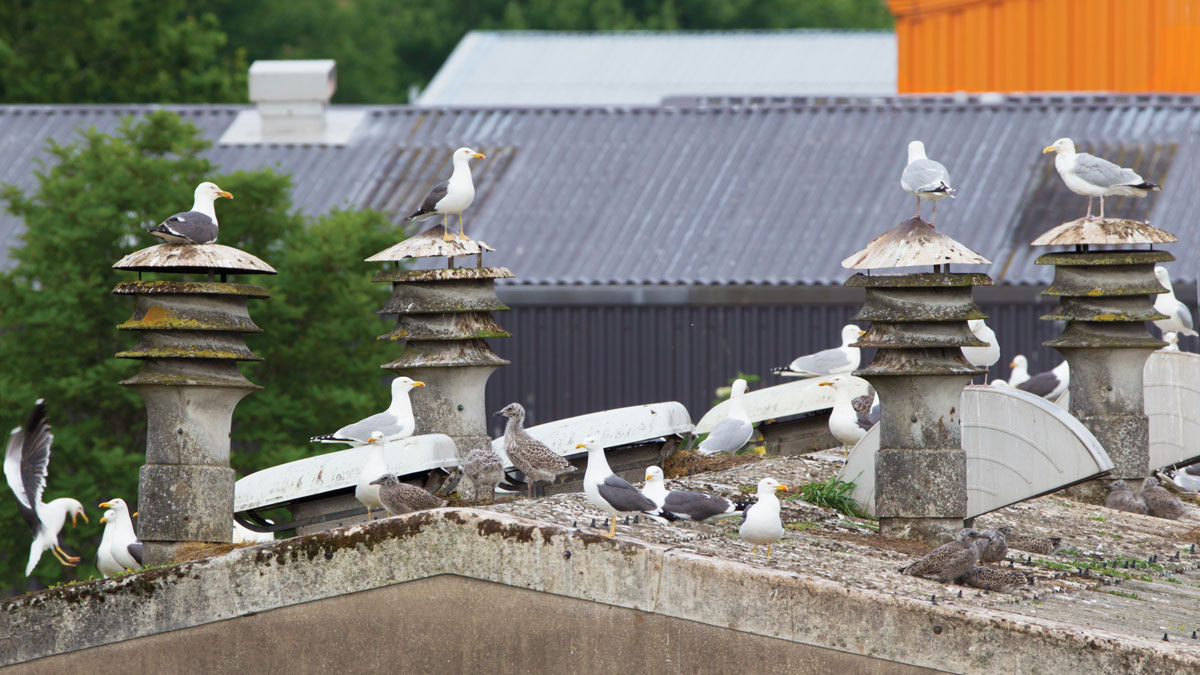
Investigating avoidance and attraction responses in Lesser Black-backed Gulls Larus fuscus to offshore wind farms
Author: Johnston, D.T., Thaxter, C.B., Boersch-Supan, P.H., Humphreys, L., Bouten, W., Clewley, G.D., Scragg, E.S., Masden, E.A., Barber, L.J., Conway, G., Clark, N.A., Burton, N.H.K & Cook, A.S.C.P.
Published: 2022
GPS tracking is a valuable tool for increasing our understanding of bird behaviour. In this study, researchers used tracking technology to investigate movements of Amber-listed Lesser Black-backed Gulls around offshore wind farms. Their results reveal a detailed picture of both avoidance of and attraction towards turbines in this species, which may be used to inform future collision risk assessments.
24.03.22
Papers
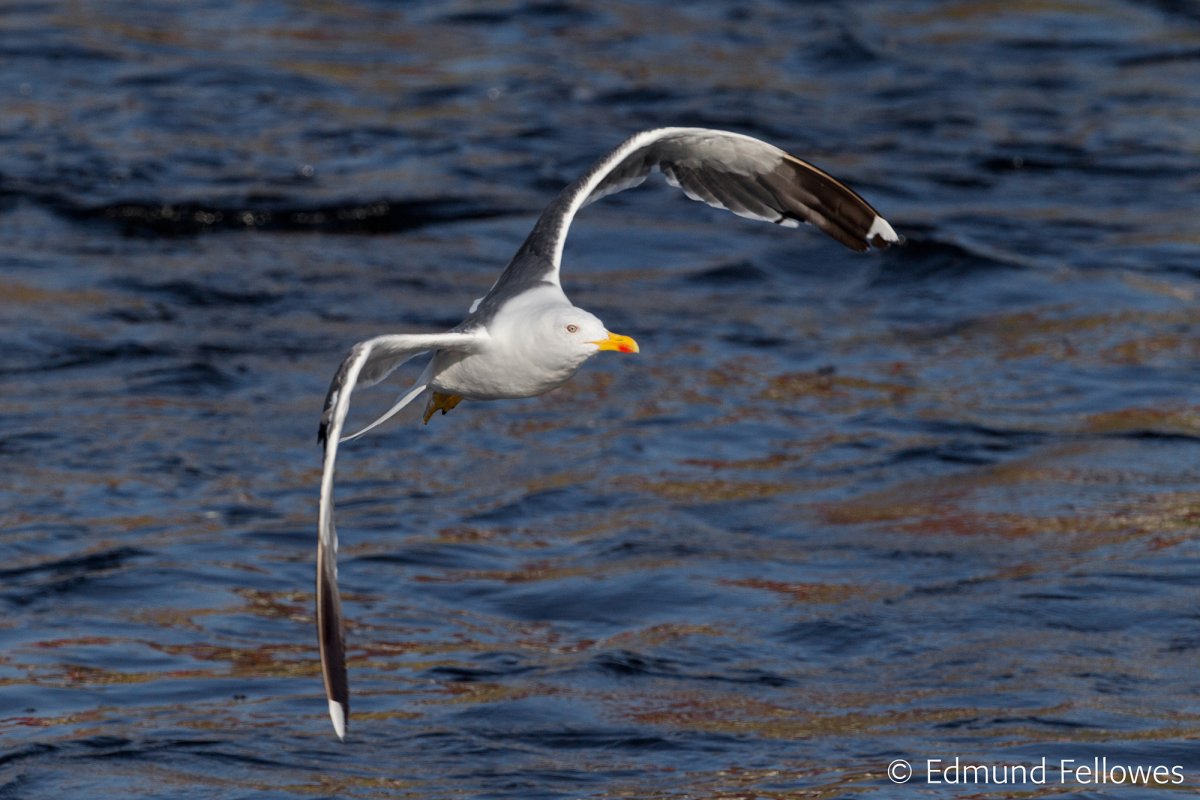
Assessing movements of Lesser Black-backed Gulls using GPS tracking devices in relation to the Walney Extension and Burbo Bank Extension Offshore Wind Farms
Author: Clewley, G.D., Thaxter, C.B., Humphreys, E.M., Scragg, E.S., Bowgen, K.M., Bouten, W., Masden, E.A. & Burton, N.H.K.
Published: 2021
Offshore wind farm developments form a major part of the UK government’s commitment to obtain 15% of the UK’s energy needs from renewable sources by 2020. However, there is concern over the potential detrimental effects that offshore developments may have on bird populations.
17.08.21
Reports
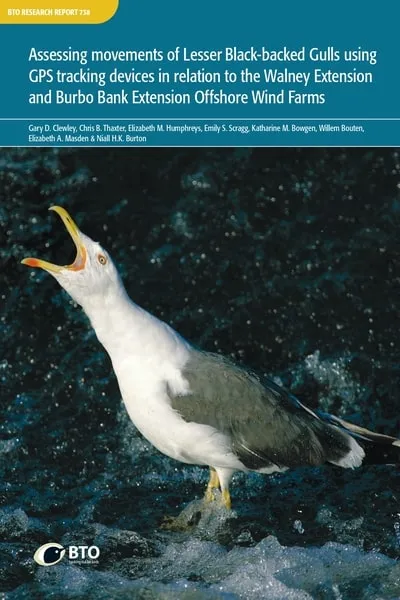
Dodging the blades: new insights into three-dimensional space use of offshore wind farms by lesser black-backed gulls Larus fuscus
Author: Thaxter, C.B., Ross-Smith, V.H., Bouten, W., Masden, E.A., Clark, N.A., Conway, G.J., Barber, L., Clewley, G.D. & Burton, N.H.K.
Published: 2018
Initial findings suggest that Lesser Black-backed Gulls in north-west England fly within wind farms, but may avoid wind turbines once there.
25.01.18
Papers

Assessing the habitat use of Lesser Black-backed Gulls (Larus fuscus) from the Bowland Fells SPA - ANNEX 1 - 2017 update
Author: Gary D Clewley, Emily E Scragg, Chris B Thaxter, Niall H K Burton
Published: 2018
This annex to BTO Research Report 694 (Clewley et al. 2016) presents a summary update for 2017 on the results of a GPS tracking study of Lesser Black-backed Gulls Larus fuscus breeding in the Bowland Fells Special Protection Area (SPA).
05.02.18
Reports
Hatching success in Lesser Black-backed Gulls Larus fuscus - an island case study of the effects of egg and nest site quality
Author: Ross-Smith, V.H., Johnston, A. & Ferns, P.N.
Published: 2015
Within an avian breeding population, there can be considerable variation in egg and nest site characteristics that have implications for individual reproductive success. Here we present a detailed case study of Lesser Black-backed Gulls Larus fuscus nesting on Flat Holm island, Wales, at a time when the colony was growing. This species is ground-nesting, with a modal clutch size of three. We surveyed 714 nests across the island during two consecutive years and recorded data on nest and egg characteristics, along with hatching success. We modelled how hatching success was associated with clutch size, egg volume, egg laying order and local habitat features, i.e. the amount of vegetation surrounding the nest and each nest's proximity to neighbouring nests. Eggs were most likely to hatch when they were laid in the middle of the season, were large in size, part of big clutches and in nests with a substantial amount of surrounding vegetation. Lesser Black-backed Gull productivity is currently low in many protected rural and coastal colonies throughout this species' range. Detailed information on factors influencing reproductive success could therefore indicate ways in which this species could be better managed to help maintain and conserve breeding populations.
01.01.15
Papers
Urban Breeding Gull Surveys: A Survey Design Simulation
Author: Chris B. Thaxter, Cat Horswill, Kathryn E. Ross, Graham E. Austin, Dawn E. Balmer and Niall H.K. Burton
Published: 2017
This report builds on Ross et al. (2016) using computer simulations to examine how survey coverage affects the precision of population estimates. This work will provide a first step towards improving the population estimates of urban gulls, assuming surveys go ahead in the future.
12.06.17
Reports
Modelling flight heights of Lesser Black-backed Gulls and Great Skuas from GPS: a Bayesian approach
Author: Ross-Smith, V.H., Thaxter, C.B., Masden, E.A., Shamoun-Baranes, J., Burton, N.H.K., Wright, L.J., Rehfisch, M.M. & Johnston, A.
Published: 2016
New research led by the BTO has used a combination of GPS-tracking and advanced statistics to provide new insights into seabird flight heights by night and day. This study gives important information on the risk of seabirds colliding with offshore wind turbines and at a time when governments worldwide are investing in offshore wind farms.
03.08.16
Papers
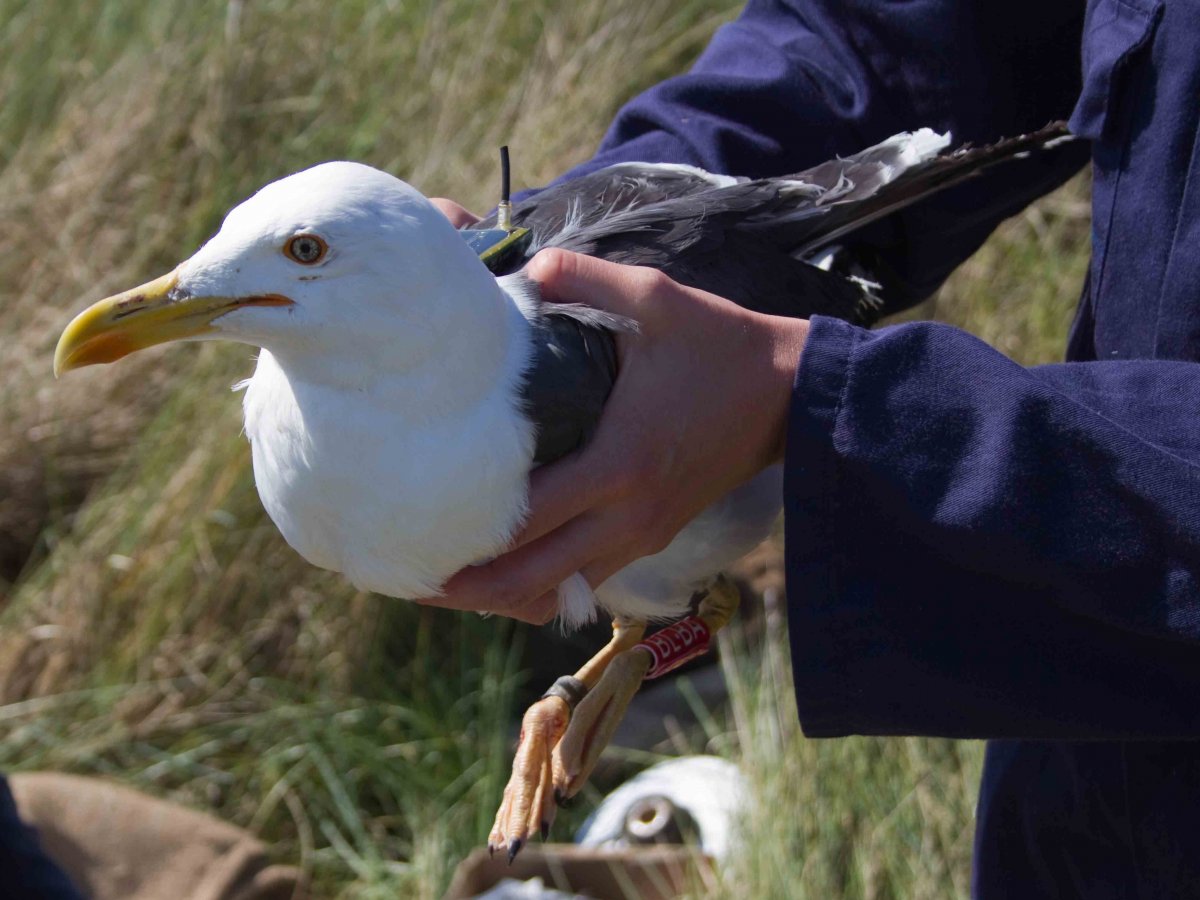
Contrasting effects of GPS device and harness attachment on adult survival of Lesser Black-backed Gulls Larus fuscus and Great Skuas Stercorarius skua
Author: Thaxter, C.B., Ross-Smith, V.H., Clark, J.A., Clark, N.A., Conway, G.J., Masden, E.A., Wade, H.M., Leat, E.H.K., Gear, S.C., Marsh, M., Booth, C., Furness, R.W., Votier, S.C. & Burton, N.H.K.
Published: 2016
22.03.16
Papers
The avoidance rates of collision between birds and offshore turbines
Author: Cook, A.S.C.P., Humphreys, E.M., Masden, E.A., Band, W. & Burton, N.H.K.
Published: 2014
Report of work carried out by the British Trust for Ornithology in collaboration with the Environmental Research Institute on behalf of the Marine Scotland Science.Accurately estimating birds’ risk of collision with offshore wind turbines is a key part of the decision-making process for proposed renewable developments. However, the evidence base for quantifying the number of birds likely to avoid colliding with turbines is limited. Recent BTO-led work helping to fill this gap, improving the understanding of the impacts of offshore renewables on marine wildlife.
03.12.14
Reports Research reports
